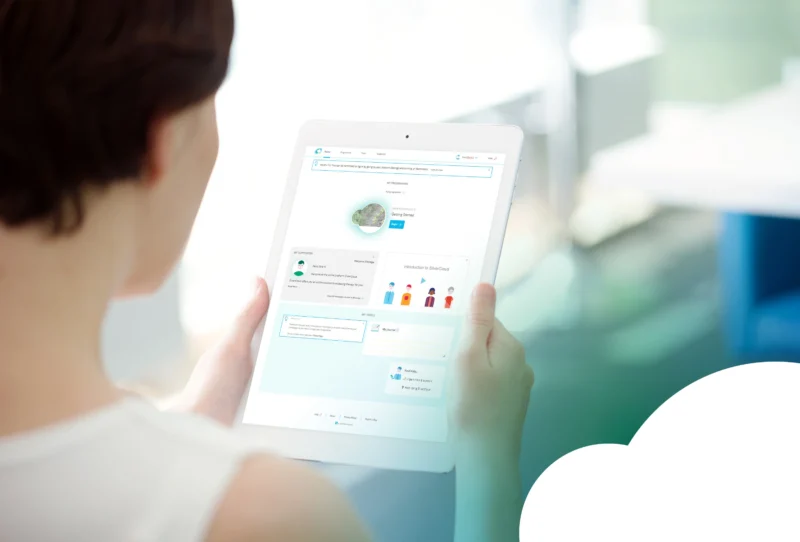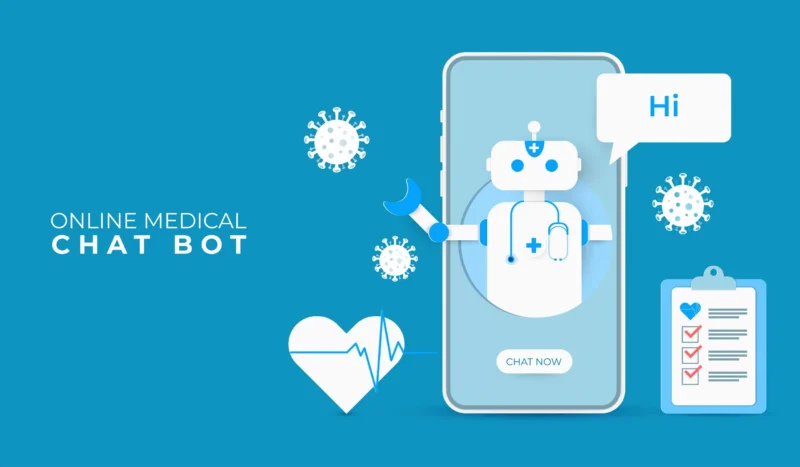Digital health has always been a hot topic for patients, physicians, and other players in the healthcare ecosystem. It is an area of growing interest for physicians and patients alike, with more attention given in recent years to its potential as an effective means of facilitating patient engagement. There are many examples across the spectrum, from consumer-driven apps like Fitbit to medical advances such as remote monitoring tools designed to treat chronic conditions.
There is no definitive definition of digital health, but it is generally agreed to be an area that combines technology and information to enhance patient care. Digital health has two main components; technology and its interaction with patients within the healthcare system.
As technology advances, we are creating innovations and breakthroughs in delivering care to our patients. In addition, the growing number of new and well-designed mobile apps are adding to the digitization of healthcare.
The growing interest in digital health is also due in part to the emerging global demographic changes, such as an increasing elderly population requiring healthcare services and a larger segment of people living with chronic diseases. Digital health offers solutions for many problems which have been plaguing healthcare systems around the world. It is also opening up new opportunities for innovation across a number of disciplines, including artificial intelligence (AI) and telemedicine.
Digital Tools For Patient Engagement

Patients today have an increasing number of digital tools to help them manage their health. Patients can often access the information their healthcare providers need in real-time, either on the go or at home. They can carry out tests, monitor their health, and share with healthcare providers. Patients are also able to manage many tasks on their own. Here are some examples of digital patient engagement tools developed to assist patients in engaging with their healthcare providers.
1. Telehealth
It connects patients to a doctor, nurse practitioner or other health providers through videoconferencing. This technology can be an effective way for physicians to monitor a patient’s health and quality of life. It also allows patients to participate in ongoing care, including medical appointments and treatment. The use of telehealth has been growing rapidly due to the increasingly mobile and health-oriented lifestyles of today’s patients.
2. Telemedicine
Telemedicine is similar to telehealth, except that it is used specifically for medical consultations and treatments. Physicians can remotely monitor a patient from a distance by using digital tools to access medical records and other information they need to make important decisions about their care. Patients who use telemedicine can connect with a doctor for diagnosis, treatment and ongoing care. An additional benefit of telemedicine is that it allows providers to reach more people – those who are geographically remote, those with limited access to the healthcare system due to financial reasons or inaccessibility.
3. Wearable Devices
These devices have become increasingly popular in recent years, including smartwatches and fitness trackers that monitor the user’s heart rate, blood pressure, and even walking patterns. There are also wearable patches and small devices that can communicate with smartphones. Many of these devices are designed to generate data that alerts patients to irregular health or daily activities. Physicians can use this information to monitor a patient’s progress, offer better care and determine if a patient’s health is deteriorating.
4. Healthcare Chatbots

Chatbots are a type of digital tool that use artificial intelligence to interact with users in real time. They are used to provide patients with personalized health information, such as medication reminders or reminders about appointments. Some healthcare chatbots are created to field basic questions and can even be programmed to gather the information that can help physicians make better diagnoses.
5. HIPAA Secure Texting
The Health Insurance Portability and Accountability Act (HIPAA) is a set of rules that governs how healthcare providers must protect patient data. The privacy of patients’ information is especially sensitive because it can be used to create profiles that would reveal their medical history. One way healthcare providers can transmit information to patients without violating HIPAA regulations is through secure texting. This secure texting service allows physicians to send patients alerts about medical appointments and other important reminders via text message.
6. Digital Front Door
A digital front door is a portal that allows patients to access their medical records from any device, anytime. It allows patients to review their medical information and communicate with their healthcare providers via secure messaging. Patients can also use it to communicate with physicians, providers and other staff members about any issues or concerns related to their health care.
The digital tools for patient engagement described above, whether in the form of wearable devices or telehealth, have proven beneficial for both patients and physicians. They are a good example of how health ministries, provincial governments and private organizations can collaborate to develop strategies that will improve the quality and accessibility of healthcare services.
Reasons For Using Digital Patient Engagement Tools

The overall objective of digital patient engagement tools is to improve the quality of healthcare services. They can help patients manage their health more effectively and assist physicians in facilitating better patient-centered care. Here are some reasons digital health tools for patient engagement have been created.
1. Increased Efficiencies
Wearable devices can monitor patients’ vitals and track their activities to ensure their safety. This can help clinicians identify symptoms that require immediate attention and guide them in making the right treatment decisions. Digital tools for patient engagement can also help patients more effectively manage their medical records, schedule appointments and stay informed about the latest health news.
2. More Effective Communication
Improve the quality of communication between providers and patients, allowing them to understand each other’s needs and expectations better. This in-turn can help physicians make more accurate diagnoses, provide better care and reduce the risk of medical mistakes.
3. Reduced Delay Time
Healthcare providers can use these tools to speed up the process of delivering quality care. This can be achieved through sharing of data among various healthcare providers and staff members. This approach can also help physicians increase their operations’ efficiency and cost-effectiveness by making better use of resources.
4. Build Trust

Digital tools for patient engagement can help patients build trust and confidence in their healthcare providers. This can encourage them to stay more involved in their care and make better decisions about their health and well-being.
5. Improve Patient Experience
By providing access to information, education and support at their own convenience, digital health tools for patient engagement can help patients feel more empowered. This can improve their experience with the healthcare system and reduce stress and anxiety associated with receiving treatment.
Final Thoughts
At the end of the day, all the efforts put into digital patient engagement are there to ensure that patients have the best possible experience when receiving health care services. By building trust and encouraging collaboration among healthcare providers, these tools can ensure that patients feel empowered and able to make better decisions. In turn, this enables them to become actively engaged in their own healthcare management, ultimately leading to better health outcomes.

